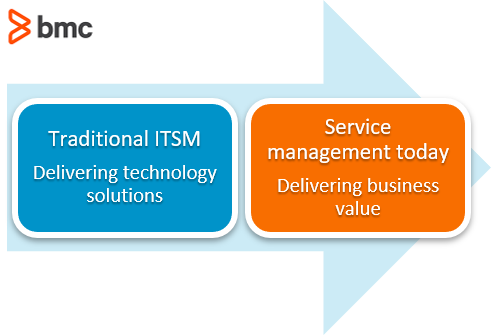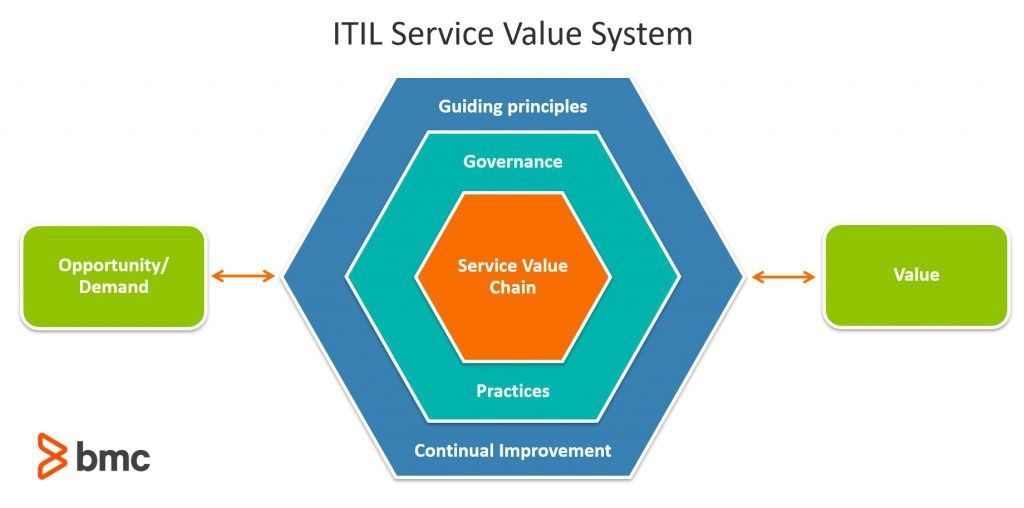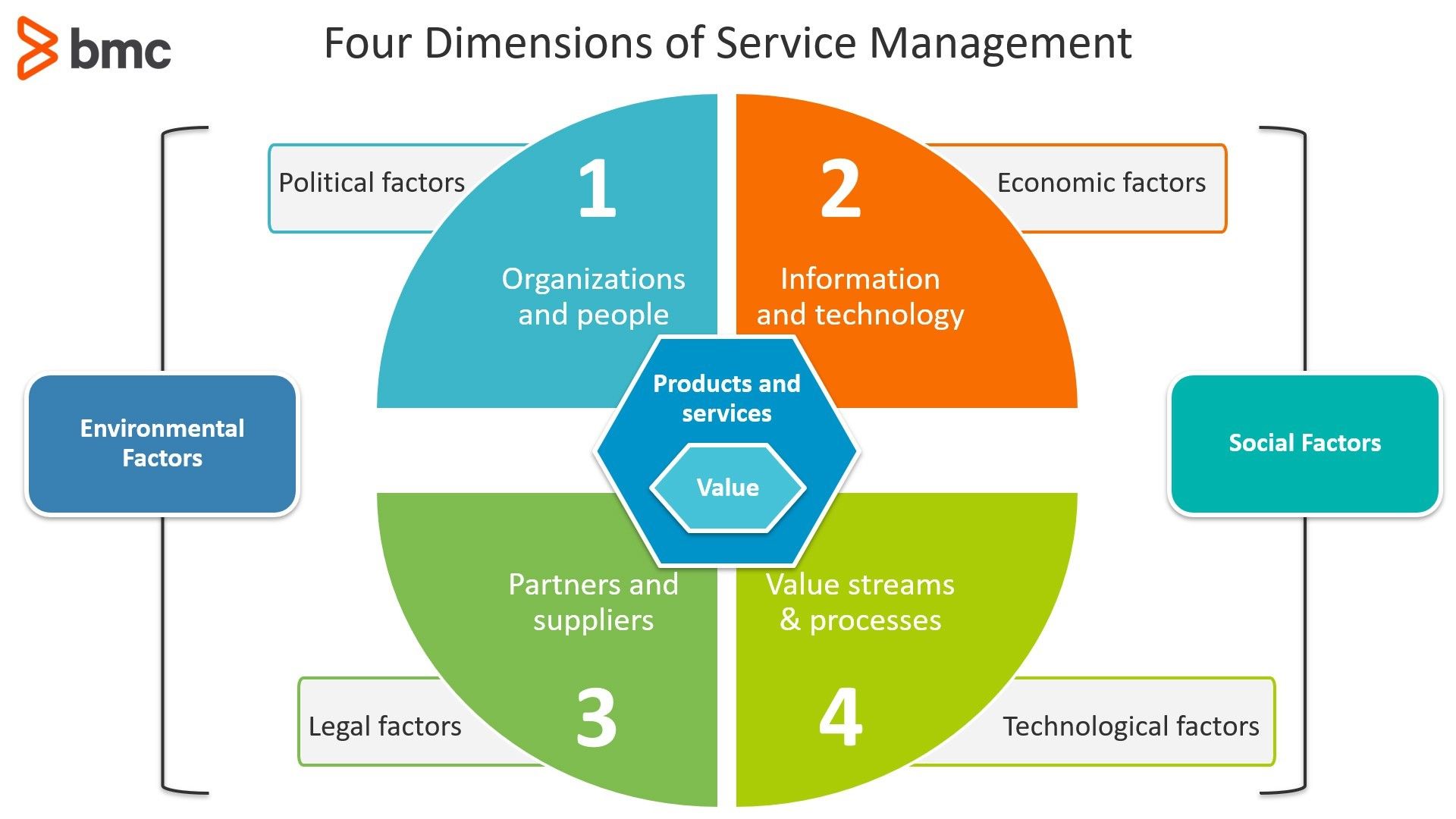IT service management (ITSM) refers to all procedures, processes, and policies that help organizations to manage and implement their IT services. With this, ITSM’s goal is to consistently support and improve the delivery of IT services to align with the needs of the enterprise.

Organizations frequently adopt a predefined framework of best practices and standard processes to provide a disciplined approach to service management. Like anything in tech, though, there are numerous ITSM frameworks to choose from.
For businesses looking to improve service management, how do you choose the best option for your company? Let’s look at the most popular ITSM frameworks to help you decide.
Most common ITSM frameworks
In order to cover both centralized and decentralized systems, there are a variety of IT management frameworks that organizations can choose from—many of which are considered ITSM frameworks.
Some of the most popular frameworks for service management are:
- ITIL®
- COBIT
- MOF
- eTOM
- TOGAF
Now we’ll take a brief look at each.
ITIL
One of the most globally recognized ITSM frameworks is ITIL. First introduced in the 1980s, ITIL provides direction to organizations on how to best use IT for business transformation, development, and change—and it has remained relevant.
The latest version, ITIL 4 brings the service management expertise that businesses have come to expect, aligned with vital real-world knowledge on how to adapt these services to the changing times, including with cloud, Agile, and DevOps.
The ITIL 4 framework features some new and improved components, including the ITIL service value system (SVS) and the four dimensions model. The SVS provides an operating model for the creation, delivery, and the continual improvement of services. The core components of the ITIL SVS are:
- The ITIL service value chain
- The ITIL practices
- The ITIL guiding principles
- Governance
- Continual improvement

The four dimensions model, on the other hand, describes a balanced focus on the ITIL SVS through a holistic approach. The four dimensions are:
- Organizations and People
- Information and Technology
- Partners and Suppliers
- Value Streams and Processes
(Lean all about ITIL in our comprehensive ITIL 4 Guide.)

COBIT
Another highly popular ITSM framework, COBIT is designed to help organizations develop and implement governance and information management strategies. Short for Control Objectives for Information and Related Technologies, COBIT offers resources for building, monitoring, and improving upon the implementation itself, while also providing solutions for risk management.
The newest iteration, COBIT 2019 is updated to address specific challenges that the modern enterprise faces, including new trends, security concerns, and the latest technologies. Intended to coexist with frameworks like ITIL and TOGAF, COBIT 2019 continues to unify processes across the entire organization.
The COBIT Core Model contains 40 governance and management objectives that help companies to:
- Establish a solid governance framework
- Align business goals with IT goals
- Navigate risk management, security, and information governance
MOF
The Microsoft Operations Framework (MOF) is a series of 23 different documents that outline the processes of creating, implementing, and managing IT services. MOF includes guidelines for the whole lifecycle of a specific IT service, which enables organizations to achieve full system reliability and availability of Microsoft technologies and products.
The overall purpose of the MOF is to create an environment where IT and business can efficiently work together towards operational maturity.
Central to its process model is its division into four quadrants of operational procedures, referred to as the service management functions (SMFs). The SMFs provide explicit guidance and best practices for how to operate and maintain the IT environment.
The SMFs in each quadrant include:
- Changing Quadrant. Those that identify, review, approve, and incorporate change into the managed IT environment, including any types of changes in hardware, software, roles, documentation, or responsibilities
- Operating Quadrant. Those needed to monitor, control, manage, and administer daily service solutions
- Supporting Quadrant. Those required to identify, diagnose, assign, track, and resolve incidents or requests contained in the service level agreements (SLAs).
- Optimizing Quadrant. Those that help to maintain the IT and business alignment, including performance analysis, staff assessments, review of outages or incidents, and capacity forecasting.
eTOM
enhanced Telecom Operations Map, or eTOM, is a framework specifically for enterprise processes in the telecommunications industry. The entire framework consists of best practices, models, and a set of standards, all of which are arranged in three levels of processes in a hierarchy.
The eTOM framework has three major process areas:
- Strategy, Infrastructure, and Product
- Operations
- Enterprise Management
Each of these process areas provide different values and guidelines to the organization, from ways to support customers to details on how to manage the business.
Adopting eTOM across the enterprise also aids in better communication between employees and teams due to the standardization of definitions and uniform language.
TOGAF
The Open Group Architecture Framework, more commonly referred to as TOGAF, is a framework and methodology that aims to define business goals while aligning them with architecture objectives related to software development. It is used:
- To improve business efficiency
- As a structure to implement new technologies
Originally created in 1996, this high-level framework continues to prove itself relevant, especially with its focus on helping organizations implement software technology in an organized way. As companies turn to DevOps, ITSM frameworks like TOGAF will only gain importance, their ability to keep teams on the same page being the biggest contributor.
The Architecture Development Method is the core of TOGAF. Its objective being to help businesses establish a clear process around the lifecycle of enterprise architecture. There are four domains in the latest version of TOGAF that offer different architecture specializations for businesses:
- Business architecture
- Applications architecture
- Data architecture
- Technical architecture
Different frameworks have different purposes
When it comes to the top ITSM frameworks, each one has different benefits and purposes. For organizations trying to decide which one to adopt, start by understanding the differences in the frameworks you’re considering. Then, compare the purpose of each to the current and future goals of your business—which will help you best achieve them?







